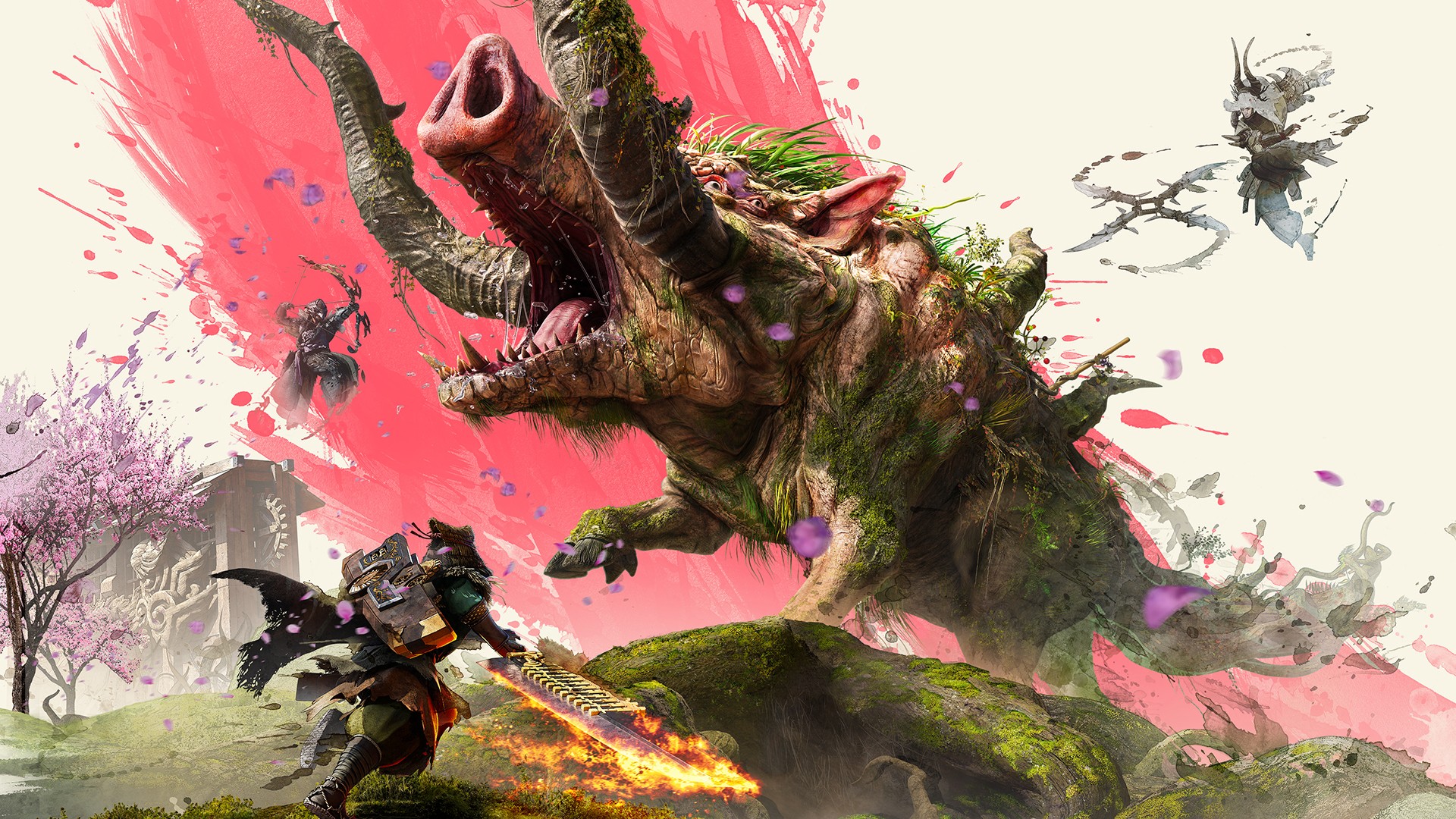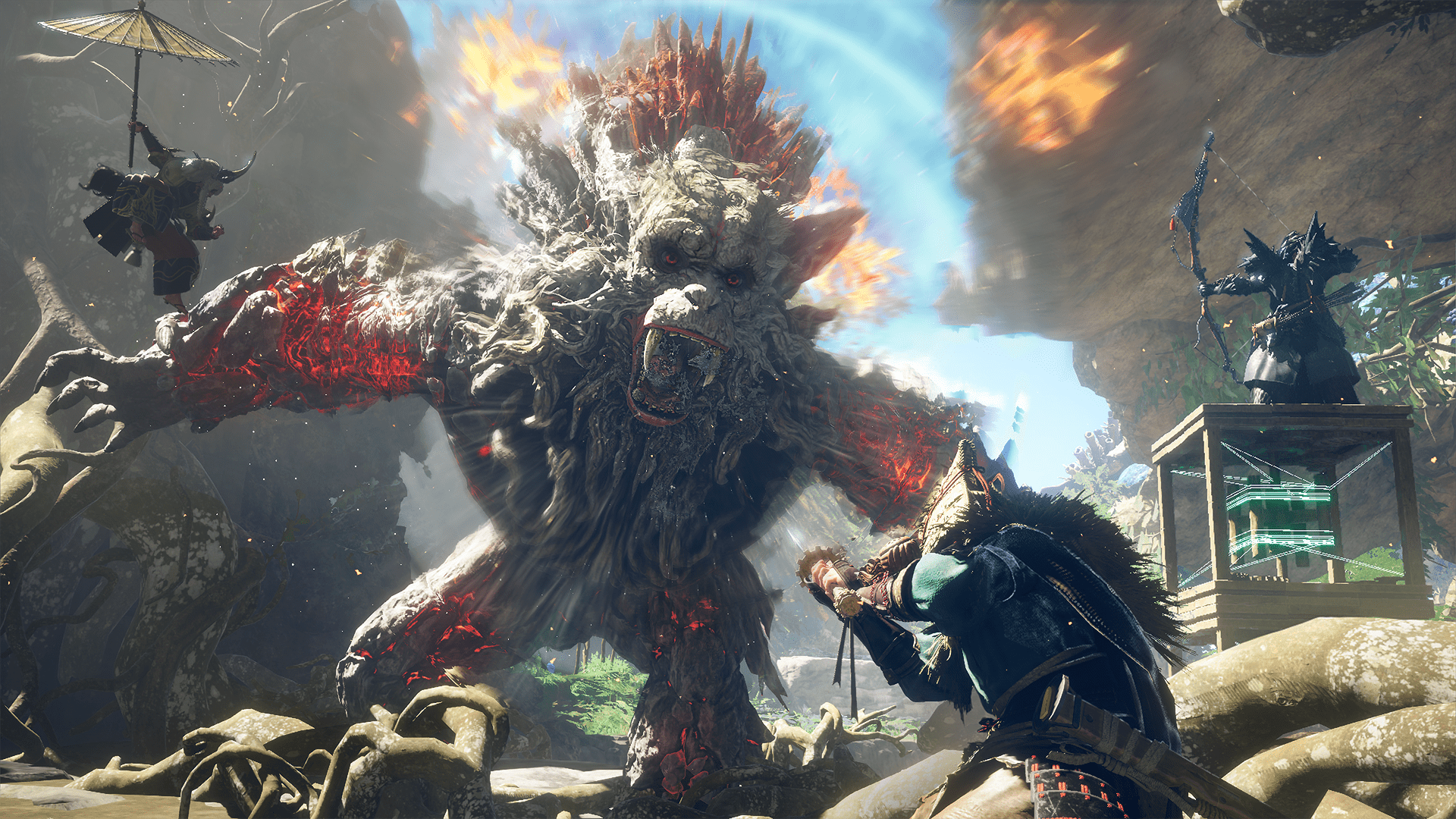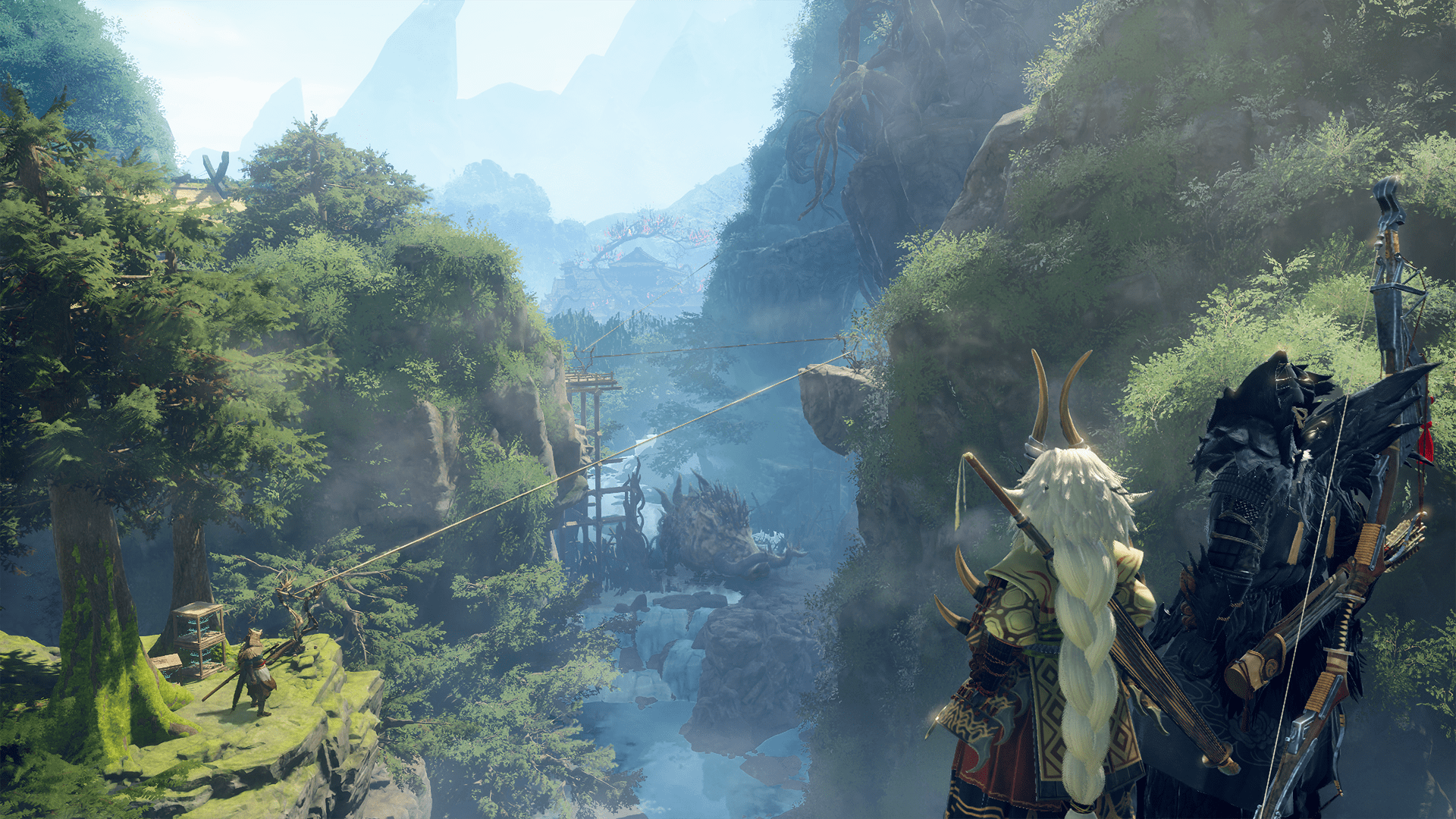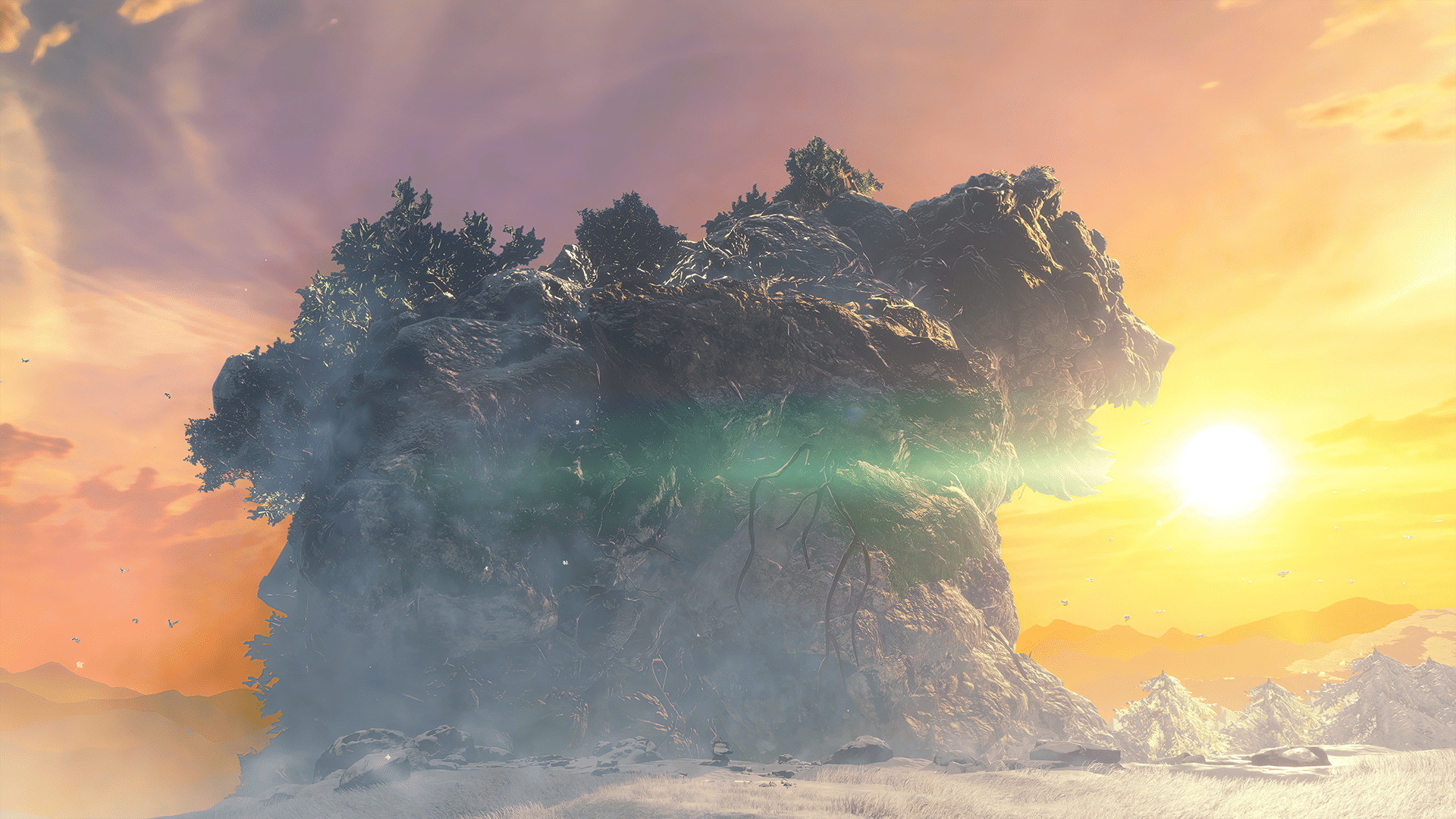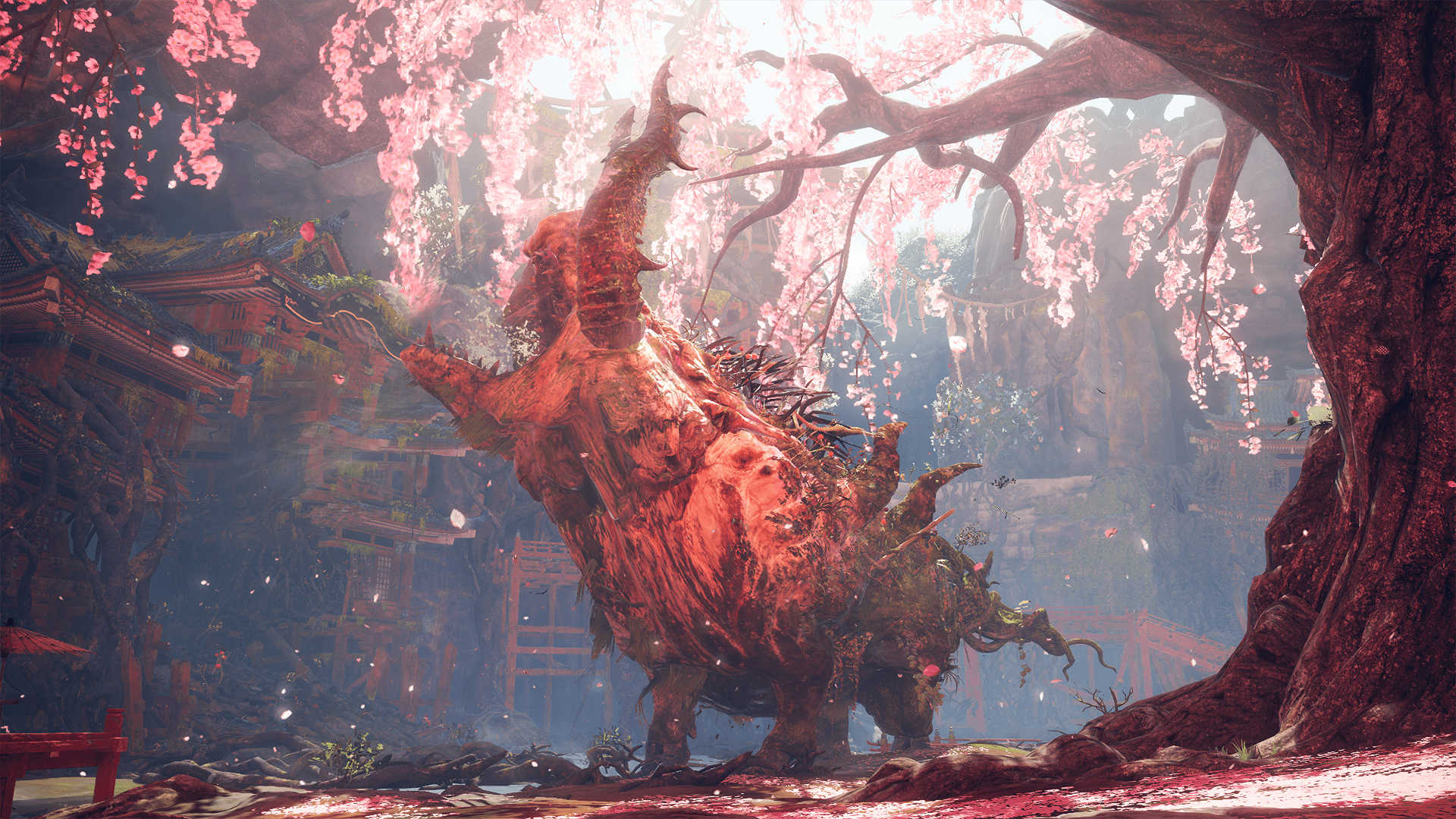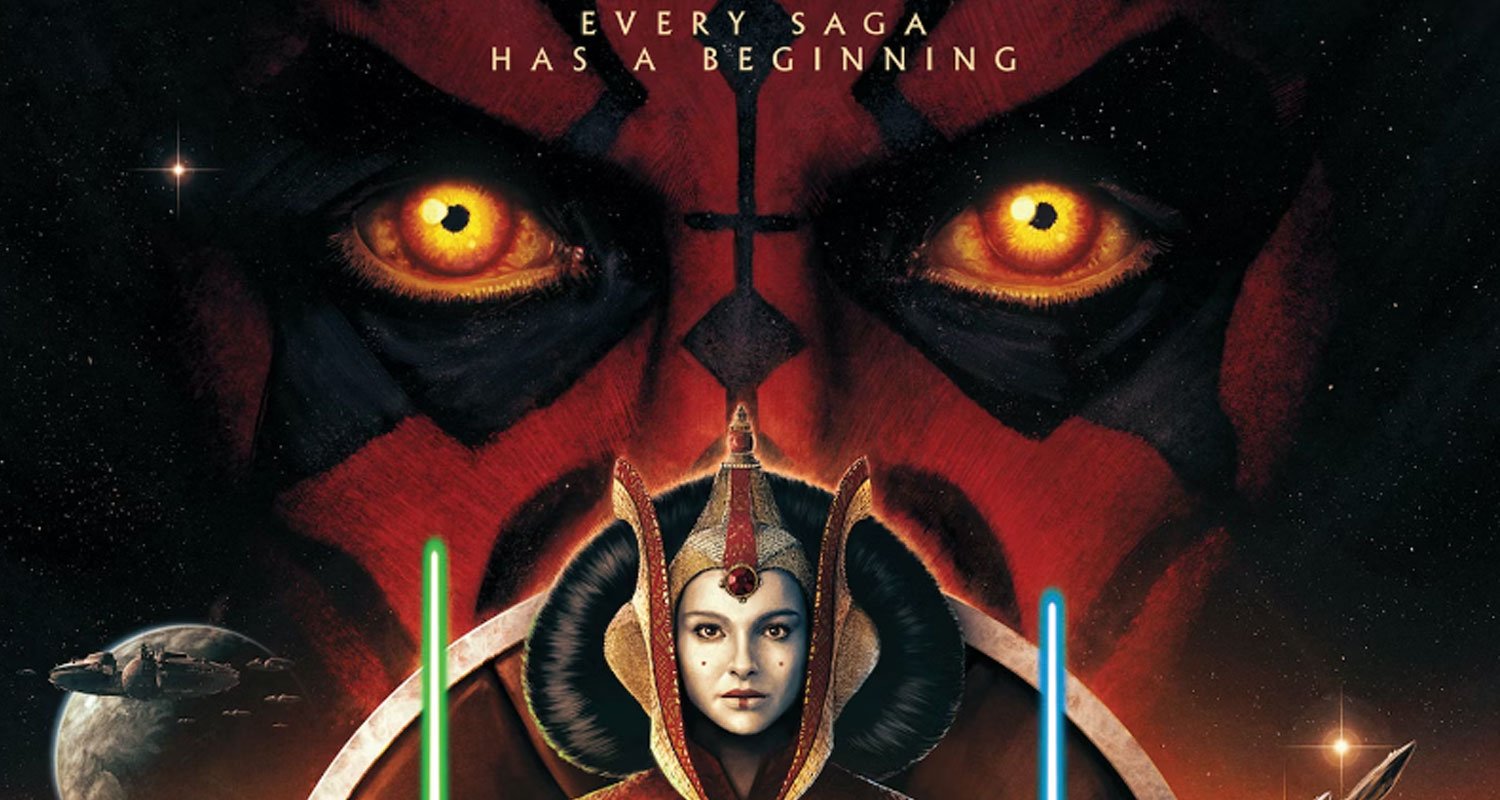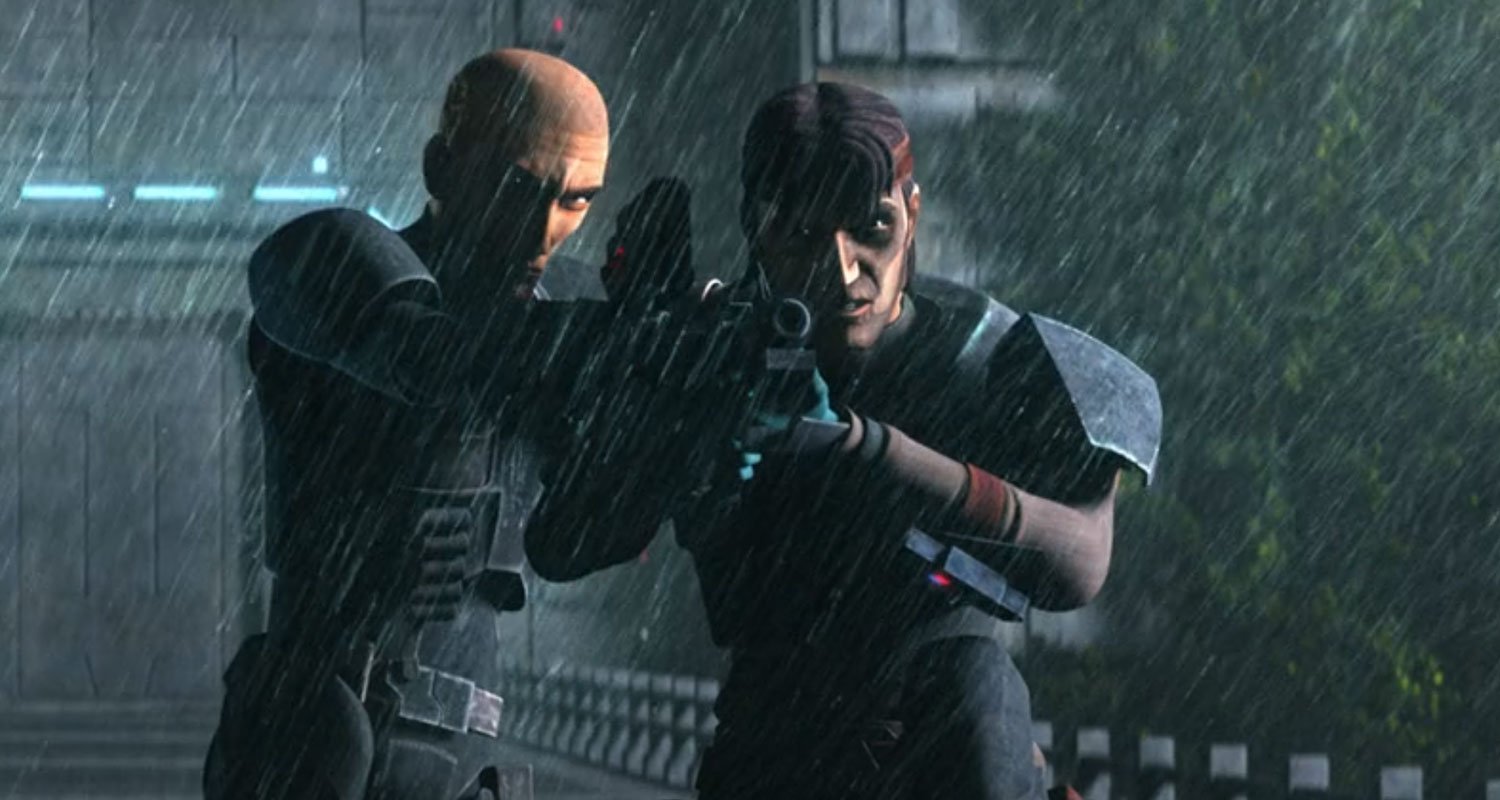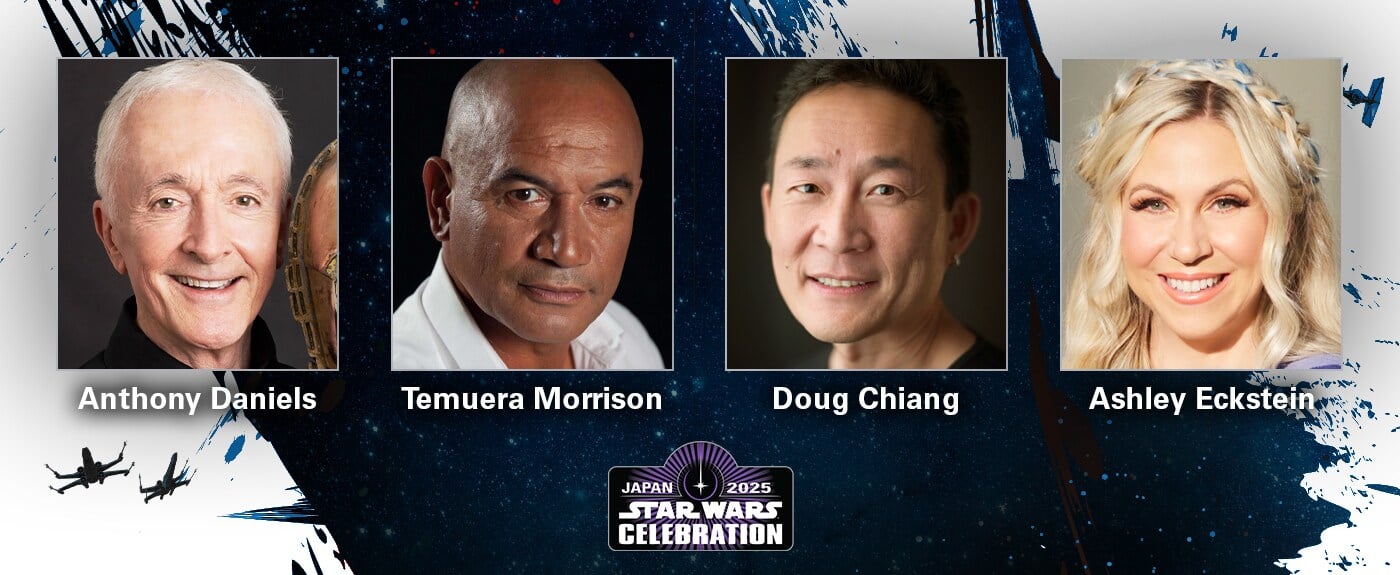‘Wild Hearts’ Review: A Remakarble, Albeit Unpolished, New Take On Monster Hunting
EA and Koei Tecmo’s Wild Hearts, a new take on the monster hunting subgenre, is anything but forgettable, though some critical issues prevent it from reaching all its potential.
Only five months ago, EA unveiled Wild Hearts, a new “EA Originals” title surprisingly developed alongside Koei Tecmo’s Omega Force (Dynasty Warriors series). The first shock was such an alliance happening out of nowhere, as EA — correct me if I’m wrong — hadn’t worked with Japanese studios for more than a decade. Secondly, wading into the subgenre created and dominated by Monster Hunter is an uphill battle. Though smaller games such as Dauntless have found moderate amounts of success, a big-name challenger hadn’t appeared… until now.
Wild Hearts doesn’t appear to be taking direct aim at Capcom’s Monster Hunter series though. While the basics are the same, it quickly forges its own path forward and comes up with several tricks to wow and entice players into sticking around. The trailers didn’t completely capture the game’s unique essence nor the impact its (sizable) bag of tricks has. And I’m glad to report most of it works and gradually accumulates to create an experience that stands on its own.
The story of Wild Hearts deals with the mysterious kemono, beasts that have undergone a special kind of evolution to become one with their surrounding environments and reshape those they might visit. While they may seem a product of nature at first, their behaviour is becoming gradually stranger, and the people of Azuma (a fantasy setting inspired by feudal Japan) are being threatened by the relentless expansion of the creatures’ territories. In comes an enigmatic hunter (you) who could turn things around for the people of Minato, a town in the brink of collapse.
The key to defeating the mythical beasts might be the ancient karakuri technology, which comes in different shapes and sizes and is powered by nature’s celestial energy, a power also linked to the kemono. For those who have watched Wild Hearts from afar, the karakuri are the Fortnite-like structures and contraptions heavily featured in the previews. In practice, using them is far easier than it looks, and I was surprised by the sheer amount of karakuri available as I progressed through their different tiers and upgrades. Some of them — such as stackable cubes, springs, or gliders — are designed for quick use in combat, and others can be combined to set up camps. Typically, it makes sense to create those “resting spots” in quieter areas with quick access to healing waters, but the system is very flexible and sticks close to survival games’ building mechanics. Thankfully, the karakuri remain in place across different hunting sessions (as long as you’re the host); the hunts are generally much shorter than in the Monster Hunter titles.
There’s also a much-welcome emphasis on freedom of movement across the different (separate) environments; Wild Hearts is breezy and agile across the board, and it’s striking to see how acrobatic the hunters in this game are vs. the weightier movement in most of its relatives. Some karakuri, such as the flying vine (pictured above), help a great deal with the levels’ abundant verticality — on many occasions, the kemono will flee to areas which are nearby but either too high or low to reach through conventional means.
As a direct result of Omega Force’s approach to movement and the overall pace of the game, the combat is also flashy and much faster than in Monster Hunter. Of course, some weapons hit harder by sacrificing mobility, but even those often deliver stylish hack n’ slash action. The fact the overall grind to upgrade them is far less tiresome than in Capcom’s games also encourages jumping between weapon classes. But perhaps the game’s biggest success when it comes to the actual monster hunting is how the weapons work in tandem with the karakuri. For example, devastating aerial blows falling from high up after using a glider can be immensely satisfying, and many of the hunting parties I’ve joined online basically abused some kemono by hammering them to the ground with giant contraptions placed with the right timing and distance.
Kemono hit like a train, by the way. Though the hitboxes for their most devastating attacks are more than generous (and so are the hunter’s dodging abilities), you’ll often find yourself knocked out in two/three combo attacks. Wild Hearts offers plenty of possibilities to dance around the beasts, but the cost is they hit way harder than in Monster Hunter starting way earlier. Online play allows players to enter a downed state and be revived by the other hunters though — it almost seems like the only effective way to face the most demanding encounters.
Back in town, the overall crafting, shopping, and prepping loop has also been streamlined. Wild Hearts reduces redundant RPG and grind-heavy systems to easy-to-grasp menus and upgrade trees. In the same way, online play is mostly seamless and requires very little fiddling with settings. Moreover, the information is fed to the players gradually and over the course of several story missions, instead of dropping tons of gameplay-related info plus copious amounts of world-building on their heads at once (a common mistake similar games tend to make). Since Omega Force freed up much of the downtime in-between hunts, special attention was paid to the characters who inhabit Minato and the story developments that are shaping the world and guiding the player from one quest to the next. Mind you, fetch quests are still a thing in Wild Hearts, but such tasks can sit in the background and be fulfilled as you hunt the giant creatures.
While I wasn’t wowed by any of Wild Hearts‘ narrative efforts, I must admit I cared about the central mystery and the plot twists, of which there are more than I expected. Monster Hunter has traditionally worked its way through cutscenes and small story beats to justify the roster of monsters awaiting the hunters, but Wild Hearts actually has a couple of things to say despite being constrained by the basic premise and its structure. Personally, I think its commitment to painting an almost spiritual picture around the kemono and their role in the world — which appears to be a pushback against human civilization and industrial development — is very refreshing and elevates the overall package, leaning harder on an unfiltered Japanese sensibility and even the kaiju eiga genre of cinema.
Enhancing such themes and the wild beauty of Azuma (the art direction is very strong), there’s an outstanding original soundtrack by Masashi Hamauzu (Final Fantasy VII Remake), Junya Ishiguro (first Attack on Titan game), and Daisuke Shinoda (Blue Reflection Ray) that contrasts with the ferocity and chaos produced by most of the sound FX work done for the monsters and combat. The game’s most climactic boss fights wouldn’t be the same without their epic, majestic music tracks.
Sadly, all the positives I’ve listed throughout my review are severely brought down by Wild Hearts‘ many technical woes; Omega Force is infamously known for the performance issues and graphical shortcomings of their games vs. how great they feel to play, and things are no different here despite the bigger-than-usual budget the studio received for this off-beat project. Even the high-end consoles and PCs exhibit worrying FPS drops below 60 in spite of some assets and the overall flourish of the game feeling undercooked by today’s standards. On the smaller Series S (my platform of choice for the review), performance is understandably limited to 30 FPS, yet drops happen far too often despite the graphic settings also suffering a significant downgrade (it often looks like a third-party release from the early PS360 era). I’ve braved worse in the PSP Monster Hunter titles, but that was portable hardware more than 15 years ago. As it stands, there’s no excuse for the game’s poor visual fidelity and performance across current-gen hardware and beefy computers, especially when we consider it’s a full-price release.
It’s easy to tell that I feel positive about Wild Hearts as a whole; it’s a brand-new IP that has appeared out of thin air and shows tons of promise from the get-go, yet the presentation and performance are well below what you’d expect from a (seemingly) triple-A release published by EA. The game doesn’t feel unfinished, but it does run and look in some instances like one. Given Omega Force’s track record, I worry thinking about how much they’ll be able to fix and improve with patches. It also remains to be seen how meaty the free post-launch content drops will be, with the publisher also promising zero microtransactions. For now, unless you’re massive fan of the subgenre, I’d recommend waiting for a good discount.
Wild Hearts is now available on PC (Steam, EA app, and Epic), PS5, and Xbox Series X/S.
Thanks to EA and fortyseven communications for the Xbox review code.
Francisco J. Ruiz is that guy who has watched Jurassic Park a thousand times and loves Star Wars. His hunger for movies is only matched by his love for video games. He graduated in English Studies from the University of Malaga, in Spain. As he keeps writing about what he enjoys (and doesn’t) for websites all over, he’s continuing his studies.

